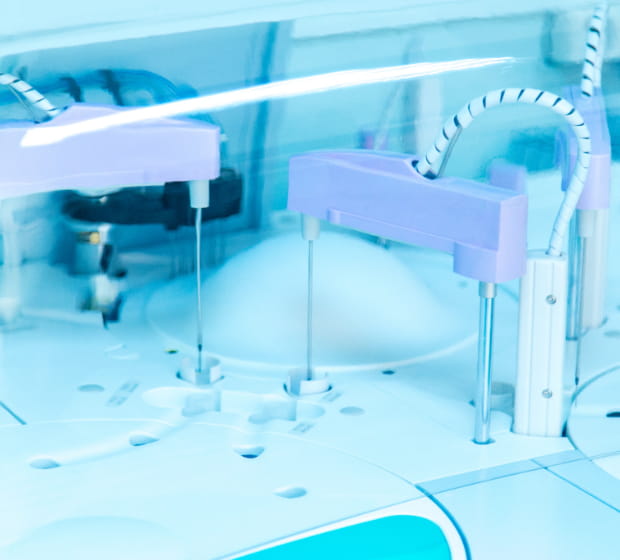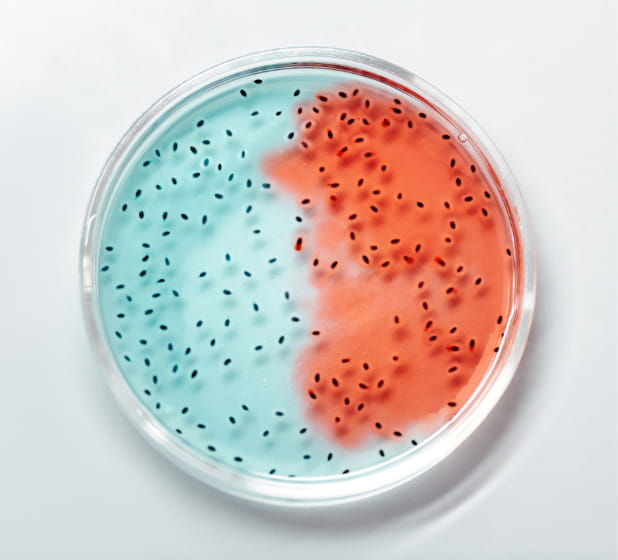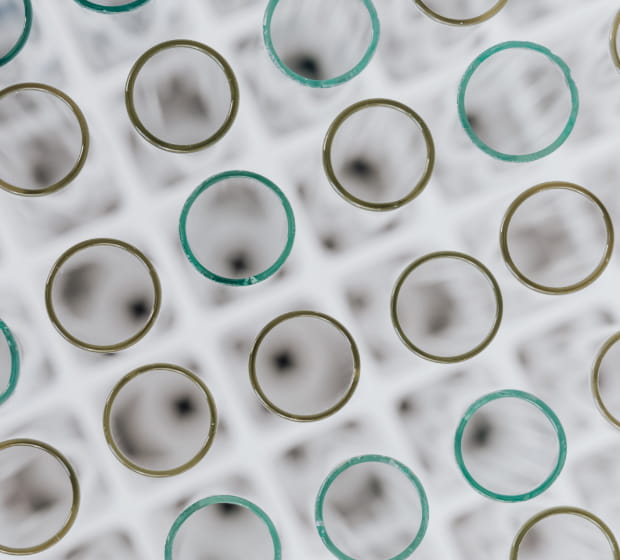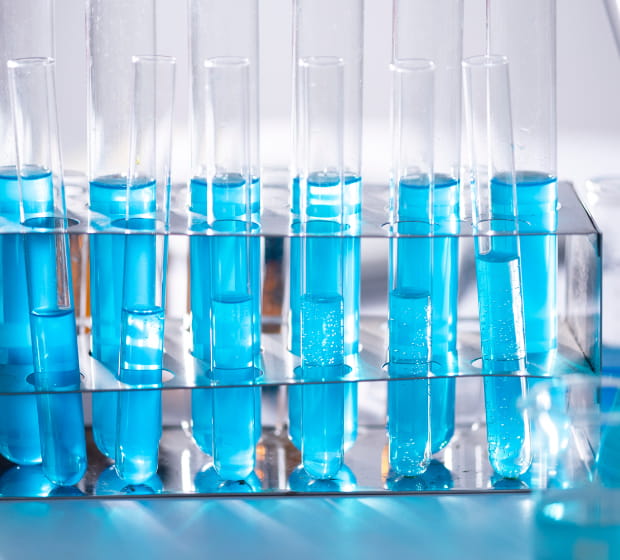Orphan drugs ORPHANS

What are orphan drugs?
Orphan drugs are intended to establish a diagnosis, prevent or treat patients suffering from a rare or minority disease with no therapeutic alternative. They are innovative drugs, most of them of biotechnological origin.
Although there are more than 1,900 orphan designations, as of April 30, 2024, there were 202 products with a trade name and orphan designation in the European Union, of which 149 have marketing authorization in the EU.
On a quarterly and annual basis, AELMHU updates this information in its reports on access to orphan drugs in Spain.

But what is a RARE DISEASE?
These are serious, chronic and incapacitating diseases that in a high percentage of cases are life-threatening.
In the European Union, the prevalence limit for a rare disease is 5 per 10,000 people.
There are between 6,000 and 8,000 different rare diseases in the world that affect a small number of people. Of these diseases, it is estimated that only 5% currently have any kind of diagnostic tool or treatment available.
In the EU between 6% and 8% of the population is affected by one or more rare diseases and in Spain around 3 million people.

CHARACTERISTICS of rare diseases
Rare diseases form a very heterogeneous group of diseases whose main common characteristic is their low prevalence, about 80% are genetic in origin and a high percentage manifest themselves in the paediatric age group.
The prognosis is different for each pathology, although most are chronic, severe, degenerative and disabling.
These diseases are difficult to diagnose as there is a great lack of knowledge about the disease and misinformation in medical centres. As a result, patients with rare diseases face significant delays in the correct diagnosis of their disease.
The quality of life of rare diseasepatients is clearly diminished and a high percentage of cases suffer a strong loss of autonomy.
Patients and their families are subjected to a great psychosocial burden which makes their daily life difficult: despair at diagnosis, difficulty in accessing treatment, evolution of the disease, lack of help, economic problems, isolation, fears, etc.

How are rare diseases classified?
Using data and information published in Orphanet and Orphandata, rare diseases are classified as follows: rare cardiac diseases, rare developmental anomalies during embryogenesis, rare cardiac malformations, rare inborn errors of metabolism, gastro gastroenterological rare diseases, genetic rare diseases, neurological rare diseases, abdominal surgical rare diseases, hepatic rare diseases, respiratory rare diseases, urogenital rare diseases, thoracic surgical rare diseases, skin rare diseases, renal rare diseases, ophthalmic rare diseases, endocrine rare diseases, haematological rare diseases, rare immunological rare diseases, systemic and rheumatological rare diseases, dental rare diseases, circulatory system rare diseases, bone rare diseases, otorhinolaryngological rare diseases, infertility rare diseases, neoplastic rare diseases, infectious rare diseases, rare diseases due to toxic effects, rare gynaecological and obstetric diseases, rare maxillofacial surgical diseases, rare allergic disease, rare teratological disorders, rare systemic and rheumatological diseases of childhood and rare transplant-related diseases.

What are the main DIFFICULTIES in ADDRESSING rare diseases?
Due to the small number of people affected by a rare disease, the sample of patients recruited for a clinical trial of an orphan drug will be very small and will make it difficult to obtain data demonstrating the efficacy of treatments in the short term.
Furthermore, the care of people with a rare disease and their families requires a set of integrated actions, based on contrasted and agreed criteria, in order to achieve better efficiency and quality in the approach to these pathologies.
There are many diseases and they are very heterogeneous, and knowledge of many of them is still very deficient, which is why healthcare professionals need good basic and ongoing training (which does not always exist) both in primary care and in specialised care. Research must also be boosted so that as many rare diseases as possible can be diagnosed, more orphan drugs can be developed and patients with these pathologies can be treated as soon as possible.

What is the FUTURE of rare diseases and orphan drugs?
The future of rare diseases lies in improving diagnostic and therapeutic possibilities, which will be possible thanks to research. Given that progress has been dizzying since the beginning of the 21st century, an increasingly optimistic future is to be expected. Clearly, orphan drugs will play a major role. However, many challenges will need to be overcome , including improving patient accessibility to diagnostic tests and treatments.
Diagnostic and therapeutic advances in rare diseases constitute a major medical and healthcare challenge. In the diagnostic field, given that approximately 80% of these diseases have a genetic basis, a large part of the challenge lies in the progress of genomic technology. Since the sequencing of the human genome, progress in understanding the molecular basis and causes of these diseases has been spectacular. Around 2,000 rare diseases already have the possibility of diagnosis thanks to this technology and it is estimated that in a matter of a few years it will be available for most rare diseases.
In the field of treatment, advances are directly related to the knowledge of the causes and therefore progress is also being made in the development of new drugs as well as advanced therapies, including gene therapy procedures, cell therapy and tissue engineered products.